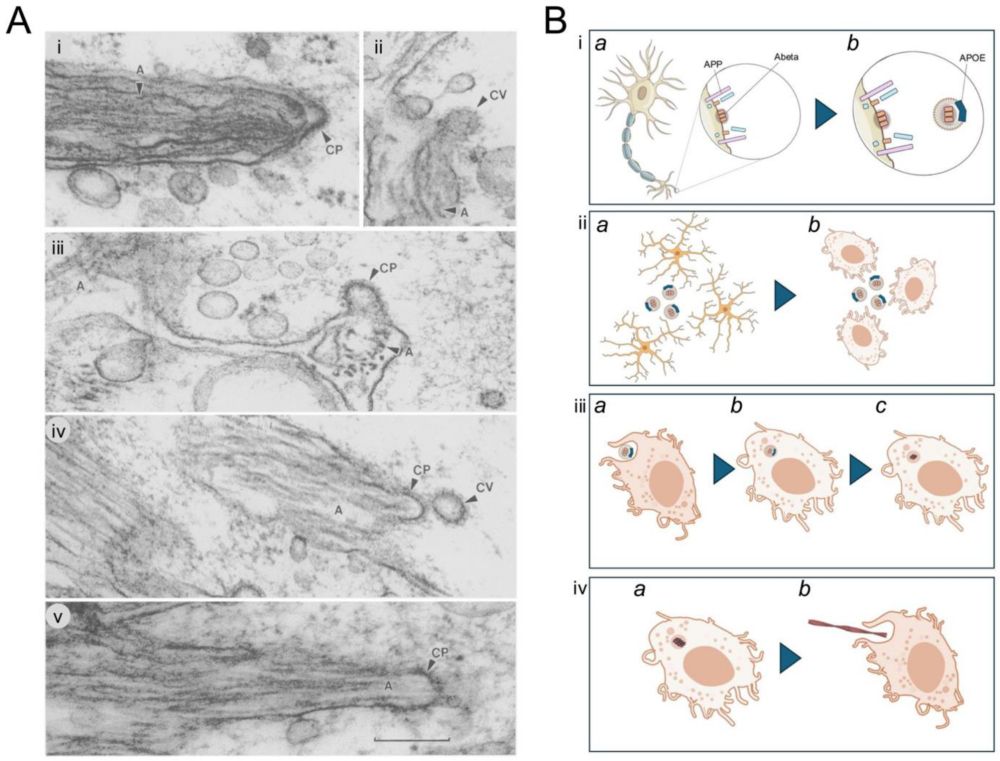Veetil Lab, chemical biology.
John Hardy & Patrick Lewis
molecularneurodegeneration.biomedcentral.com/articles/10....

John Hardy & Patrick Lewis
molecularneurodegeneration.biomedcentral.com/articles/10....
doi.org/10.1101/2025...
doi.org/10.1101/2025...
www.biorxiv.org/content/10.1...

www.biorxiv.org/content/10.1...

